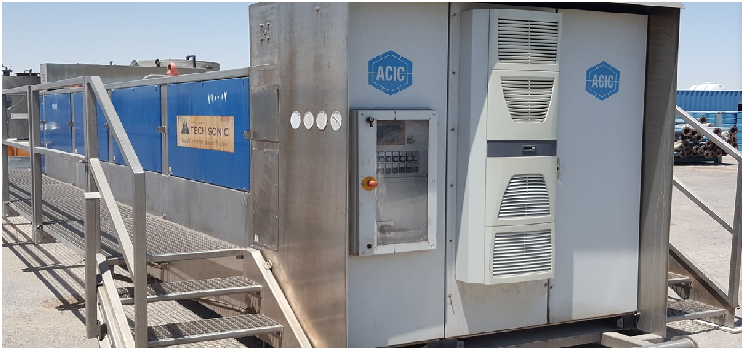Ultrasonic Cleaning
Ultrasonic Cleaning

Ultrasonic activity operates on similar
principles to sound waves. As electrical energy is transferred to mechanical
energy, it causes positive and negative pressure waves that generate
microscopic bubbles that form on all surfaces throughout the component being
cleaned. But these are no ordinary bubbles. A bubble in a liquid charged with ultrasonic
will implode near a solid surface. This action is known as cavitation.
When they implode, it formulates a high-speed
jet of liquid that impacts the surfaces of the component at extremely high
pressures and temperatures. This dynamic action separates the contaminants
from all surfaces without any damage to the component.
This micro-jet impact combined with specialized
ultrasonic solutions removes bitumen, heavy oils, greases, calcification and
other refinery by products much faster and more thoroughly than conventional
methods of power washing, steam, manual scrubbing and chemical dip tanks.
